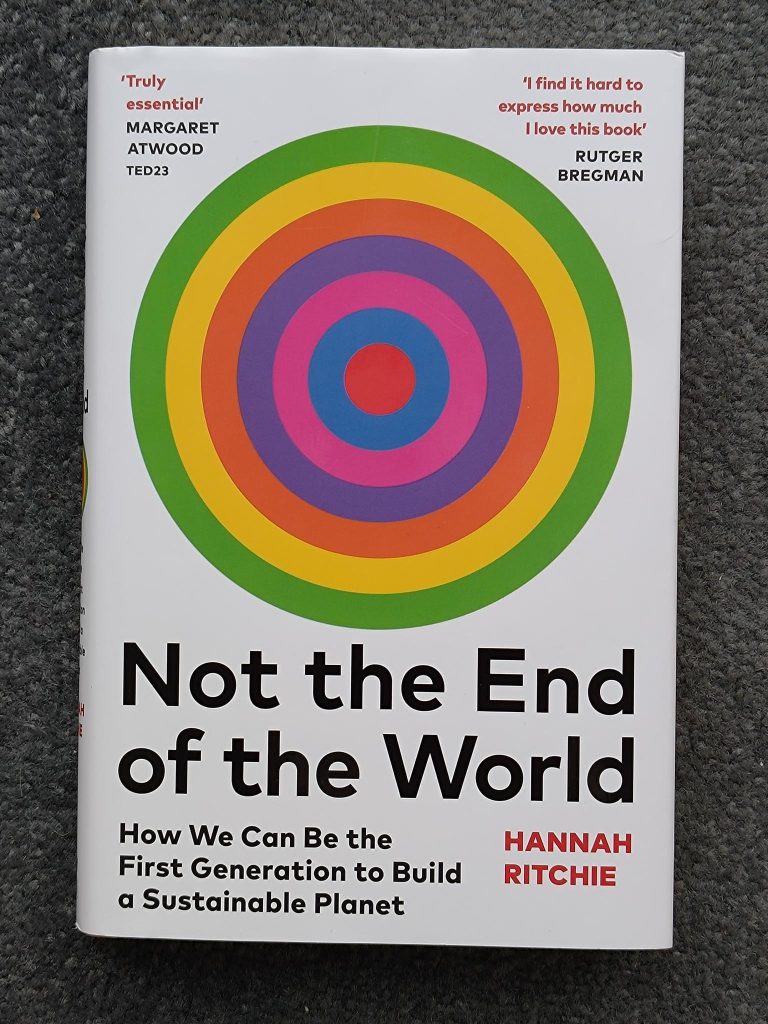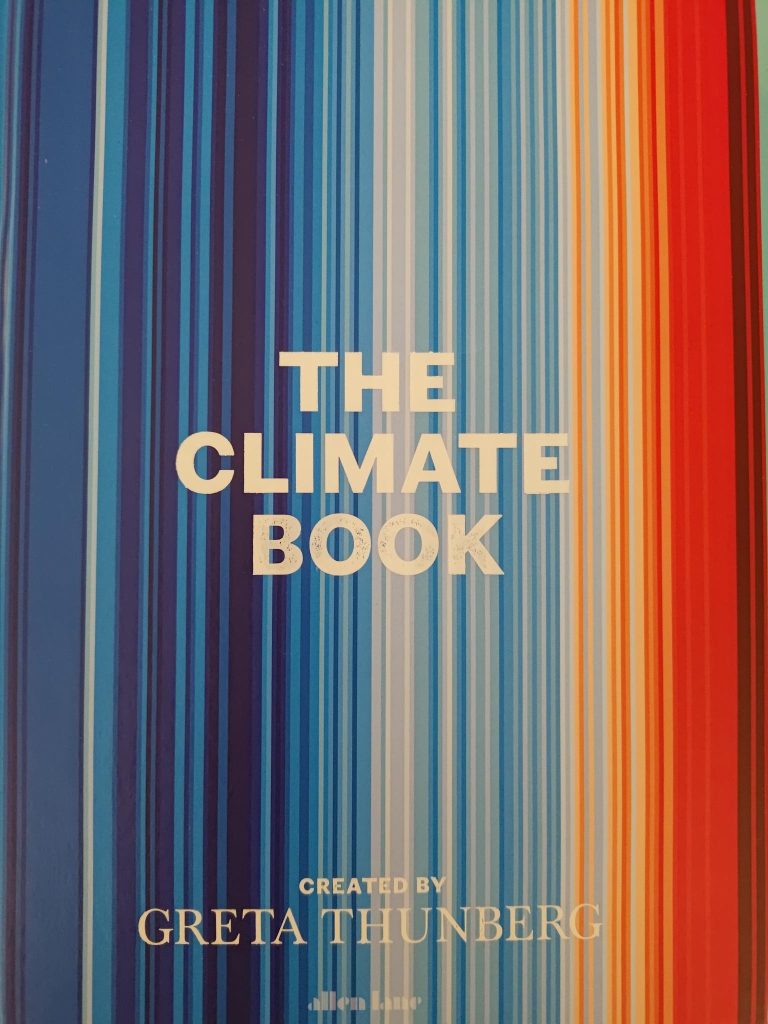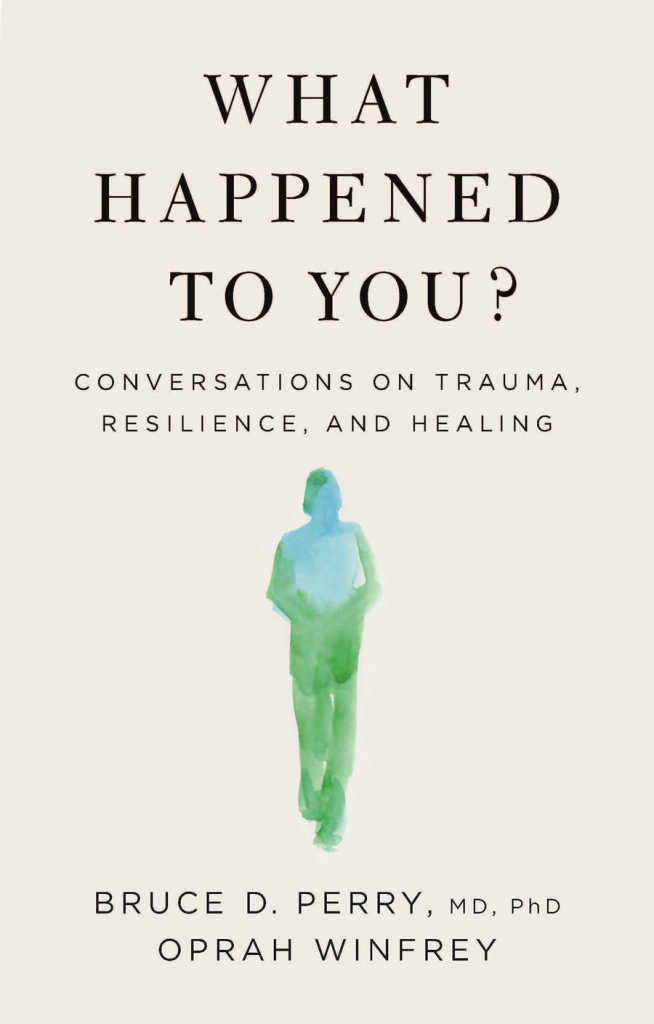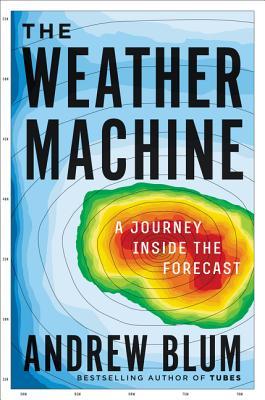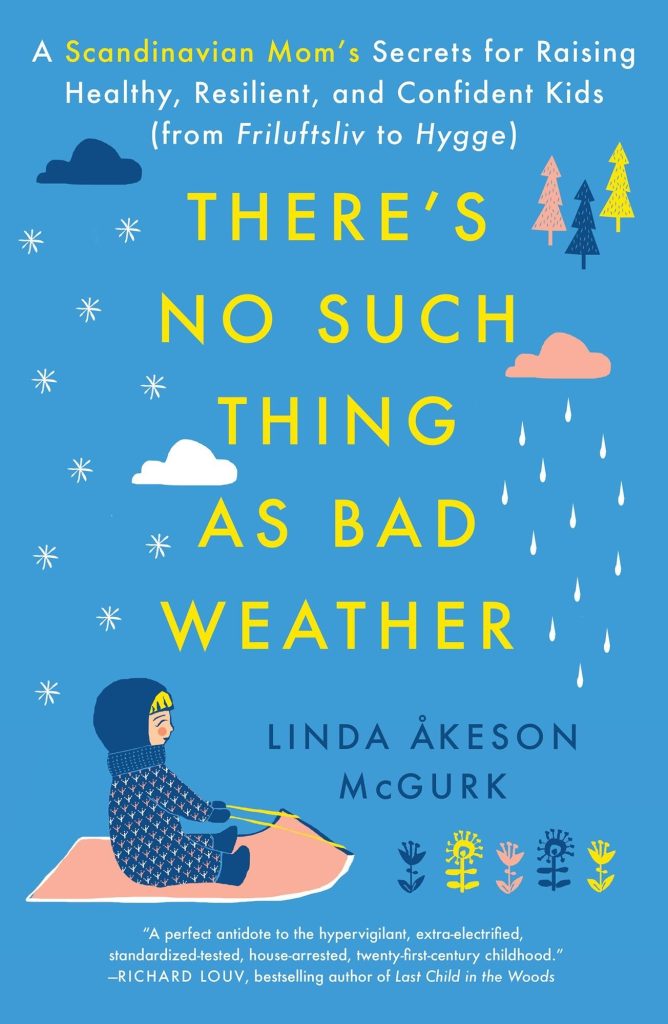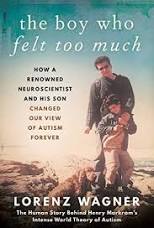This non-fiction book tries to explain how poverty exists in the USA and why the number of people living in poverty does not decrease. It was published by Crown/Random House in March 2023. My daughter read this book and recommended it to others. It is a topic that I find interesting, though disturbing.

Poverty, as I define it, is not having enough money to have a decent life standard. By that I mean being able to afford sufficient food, a roof over one’s head (and one’s family’s heads), and the regular costs of staying alive, such as energy and clothing. If you live below the poverty line, you do not have enough money to do the above and something gets left out of the equation.
During my life I have had different levels of income. I grew up in a middle class family with one parent working for wages. We did not have a lot of money, but there was summer camp for me, music lessons for both my sister and I and holidays away from home. There was never a lack of food, and my parents owned the house that we lived in.
When I started living on my own, I worked in a shoe store and had a very low wage, but I wanted an apartment of my own, which cost me half of the money I earned. Thankfully, after a couple of months my wages went up and I had a bit more money for food and activities. But my first furniture was all taken from my parents’ home. I did not think of myself as poor, but I would have been on the threshold. Over the years I got better paid jobs, partly because I took more education at night school. One reason for me getting more education was seeing 50-year old women getting paid the same wages as me, that is minimum wage, and knowing that I should be able to do better for myself.
When my husband and I moved to Norway, we had to live very cheaply as we had no regular income. We lived on love and my ability to make the little money that we had stretch to cover house rent, food and electricity bills. There was no telephone or car the first five years of our life in Norway.
However, after a while, as we got more education in Norway and learned the language, we were able to get jobs that paid a living wage. When our two children were young, we did not have a lot to live on, but an inheritance allowed us to buy a house and with steadfastness and patience we now have a good life as retired people.
Many people may have periods in their lives when they are relatively poor, for example when studying full-time or when children are small and one parent is looking after them. However, this book by Matthew Desmond puts the light on how many people in the USA are systematically kept poor in spite of political efforts to reduce poverty. It can be a very disturbing book to read as it shows how everyone in the country contributes to keeping the poor poor. I was never poor like the examples that the author gives.
Organization of the Book
The book starts with a prologue, has 9 chapters and an epilogue. My summary is meant to show you what the book includes and I would encourage you to read the book and understand the examples that the author uses. He uses examples from different areas of the USA and makes comments about how things are different in other countries, especially European countries which have much lower poverty rates. I recently read a letter in the Norwegian national newspaper where the author was wanting us to think about who was actually paying for the “cheap” t-shirt one could buy. She too was concerned about poverty and those not making a decent income.
Chapter 1: The Kind of Problem Poverty Is – In this chapter, the author explains what poverty is for those who experience it – getting evicted from your apartment, not having enough food for three meals a day, not being able to pay the bills, etc. If you’ve never experienced real poverty, this chapter can be an eye-opener for how others experience life.
Chapter 2: Why Haven’t We Made More Progress? – Why does poverty continue to exist in the USA, in spite of attempts to lessen it. What has worked? What hasn’t worked over the decades? Why does a rich country like the USA have so many millions of its citizens still in poverty? Other countries have a much lower percent of their populations experiencing poverty.
Chapter 3: How We Undercut Workers – When we buy cheap goods, somebody has been paying for us to get it cheap. Many workers are grossly underpaid. Even working full-time may not give a person, or their family, enough to live on. Minimum wage may not be enough to live on. We all need to think about how we contribute to this problem by wanting to buy cheap things.
Chapter 4: How We Force the Poor to Pay More – From expensive rental housing to exorbitant interest rates on pay-day loans, the poor are forced to use a lot of their low wages just to get from pay-day to pay-day. Hopefully you have never had to experience this sort of exploitation, but it exists everywhere. The rich get richer by stealing from the poor.
Chapter 5: How We Rely on Welfare – I found this a very interesting chapter as the author shows how the rich take advantage of government handouts, which are often called “welfare” when given to the poor. But the government also gives welfare benefits to the middle class and wealthy people with things such as tax deductions for interest payments on mortgages. Tax avoidance and tax breaks, primarily used by the rich, is a type of welfare as the government “gives” money to the rich. It also reduces the amount of funds that governments have to create buffer programs for the poor and for upholding the infrastructure of the country. There were some very interesting examples in this chapter.
Chapter 6: How We Buy Opportunity – As mentioned above, I may have had periods in my life where I was relatively poor, but it was always a very temporary situation and most of my life I have had a middle class life. The author explains in this chapter how this works, or doesn’t work for the poor.
Chapter 7: Invest in Ending Poverty – The author does not think that it would actually take that much to end poverty, especially the type of poverty that people can never get out of. He shows where the money could come from and how it could be used.
Chapter 8: Empower the Poor – This chapter gives examples on what could be done to help the poor have a better life, including having better health and better education for children.
Chapter 9: Tear Down the Walls – Integration between the different levels of income would benefit everyone. However, many want to build walls around themselves to keep the less fortunate out. The author would like us to tear down these walls and gives examples of how this can be done. I have read other books which confirm that large differences in incomes is detrimental for everyone, both rich and poor.
My thoughts on poverty
I recently read a book about the rich, Limitarianism, so this book was a good contrast by looking at the opposite end of the income scale. There have been many suggestions as to how to end poverty over the decades. First of all, the poor need sufficient money to get out. Many have suggested a minimum monthly allowance that allows people to have an apartment, have sufficient food to eat, have healthcare and schooling. Living in Norway, where there is a welfare system that tries to do this, has given me insights in how much of poverty can be avoided. People that have a regular income from the government, in spite of poor health, will usually use most of their income and the money keeps circulating (which is what keeps the economy going).
I feel lucky to have lived in Norway for over 40 years as in Norway, people have a health care system that covers everyone. Though dental care for adults is not covered, it is for children. Getting the health care that is necessary, improves one’s life, especially if one has any long-term illnesses. Poor health as a child usually means that the child does not get a good education and therefore does not get a good job.
In Norway, schooling, even at university level, does not charge large fees. So to get an education, one may have to pay for school books and other supplies, but the tuition is mostly free. The key to getting a decent job is getting an education, whether it is a hands-on job such as carpentry or plumbing, or an academic job such as teacher or doctor. Though many people may be poor while they get this education, and one may have periods of one’s life where it is difficult to make ends meet, the chances of getting out of poverty are good.
Who are the poor in Norway? Young people that are studying. Immigrants that don’t have the knowledge skills to get a job that pays well. Those who have health problems, both physical and mental problems. Those who have problems getting a full-time, well-paid job because they are looking after children. Those who have not been able to get an adequate education. So, yes, there are poor in Norway, but for some it will be a temporary stage of their life. For others, there is at least a system that will help most of them live a reasonable life, even if they cannot afford many extras.
The last year or so in Norway, prices have risen immensely and this affects the poor the hardest. Headlines about families needing food hand-outs from volunteer organizations is the most distressing for me to read about. It means that those at the lowest income levels are getting trapped into poverty by a society that doesn’t care enough about them. Governments are usually run by the relatively rich and they don’t understand how the poorest people have economic problems. Things have to change so that those who have the lowest incomes do not starve or are taken advantage of. There will always be differences in income, but those at the lowest level should be able to make ends meet.
I would like you to think about your interaction with the poor. How much do you support a society that systematically underpays many of its workers? What could you change in your life? What do you buy? Who do you vote for? What volunteer organizations do you support? All of these can make differences in other people’s lives. We do not need to support the rich who take advantage of all the rest of us. I hope you reflect on this problem in our world today.

